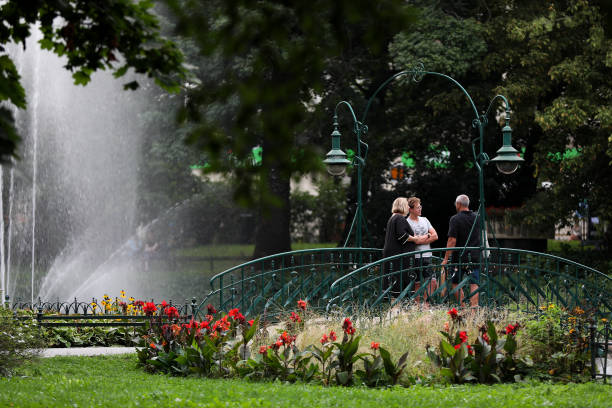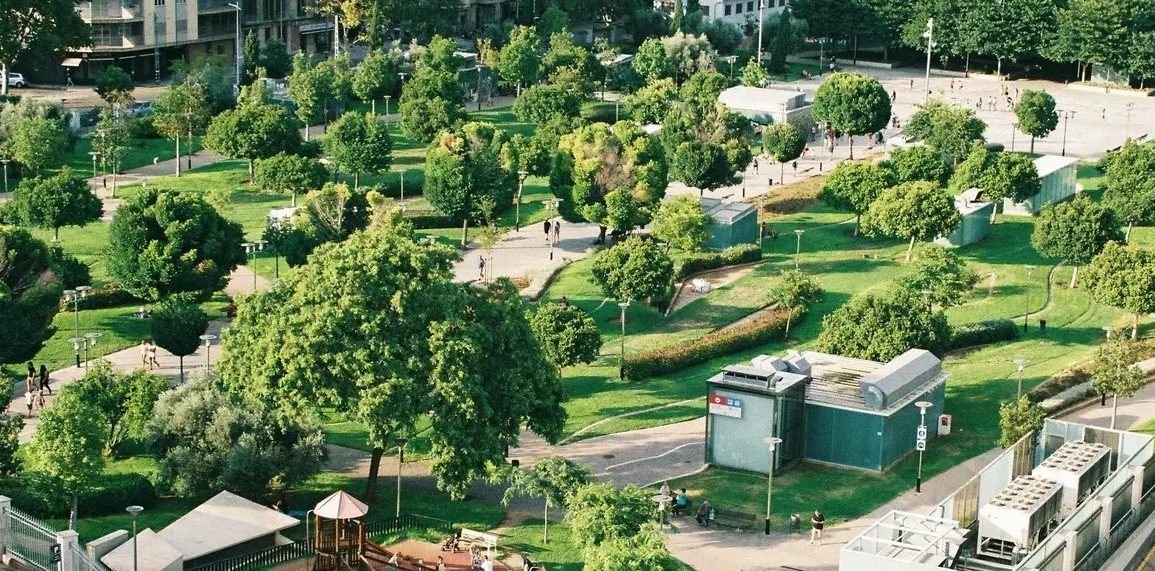Recent studies highlight that a modest reduction in temperature, even by just 0.5°C, could be critical in safeguarding vulnerable populations, such as the elderly and young children, as urban areas continue to warm.
The urban heat island effect, which causes city temperatures to rise by 2-3°C due to the absorption of the sun’s rays by roads, roofs, and other hard surfaces, is increasingly making life uncomfortable for millions and contributing to a growing number of heat-related deaths worldwide.
To combat this, some cities are taking proactive measures based on scientific advice. These measures include planting trees in urban areas, replacing tarmac with grass wherever feasible, painting buildings white to reflect sunlight, and maximizing space for vegetation.

These efforts have been effective in reducing temperatures, but new research indicates that the surrounding environment also plays a crucial role.
Scientists have discovered that the type of vegetation and water bodies surrounding a city can significantly influence the temperature within the city center.
The urban heat island effect creates a low-pressure zone in the city center, causing hot air to rise and draw in cooler air from the surrounding countryside. This influx of cooler air can reduce city center temperatures by 0.5°C, which, while seemingly small, can have a significant impact on public health.
The study, which analyzed 30 cities with varying characteristics, found that cities surrounded by belts of trees and large lakes experienced the most substantial cooling benefits.
In contrast, grassland and arable crops offered less temperature reduction. These findings make a strong case for surrounding urban areas with parks and other green spaces to mitigate the effects of rising temperatures.
As cities continue to grapple with the challenges of climate change, these insights underscore the importance of urban planning that prioritizes green spaces, not only within city limits but also in the surrounding landscapes.

